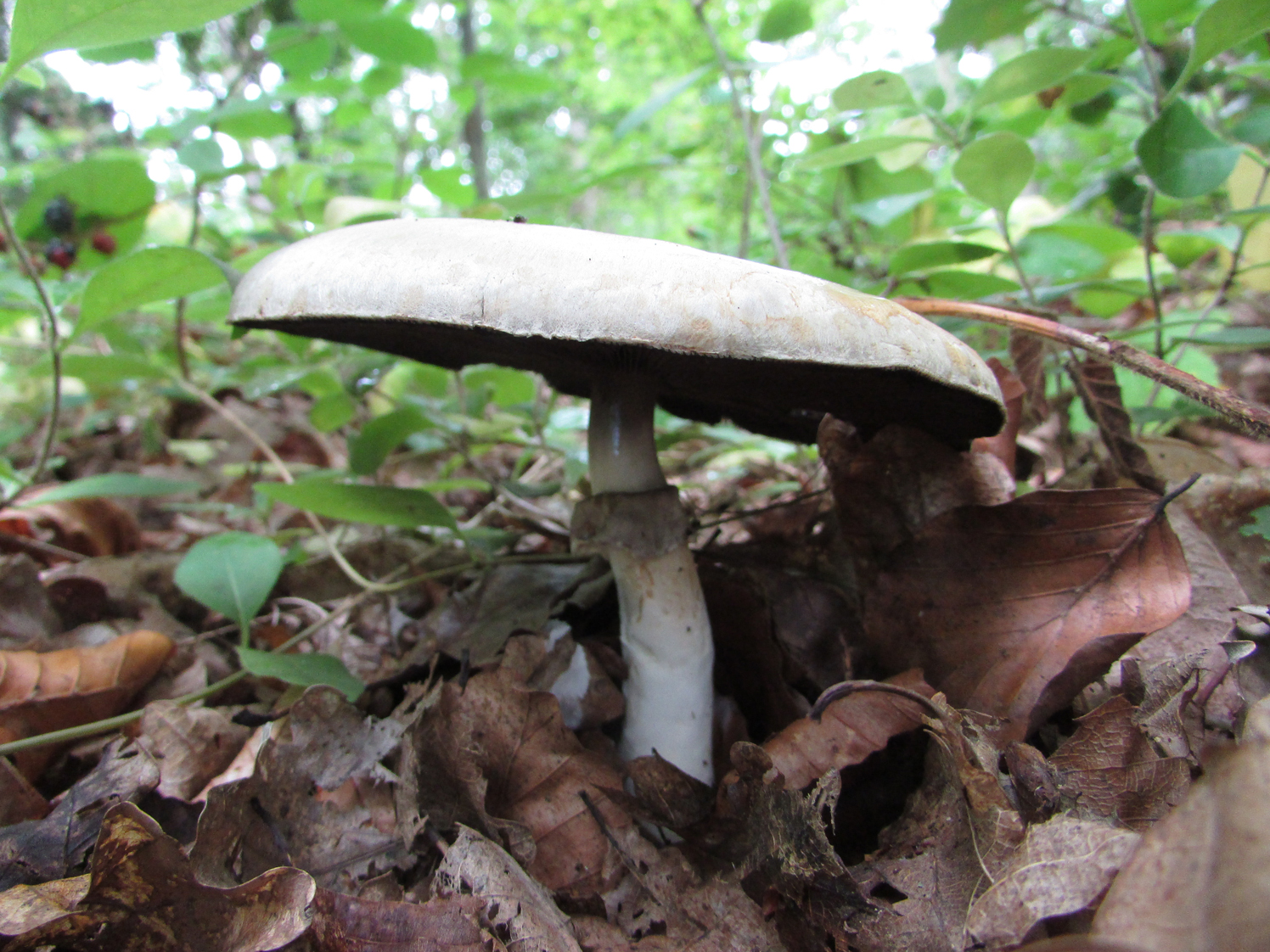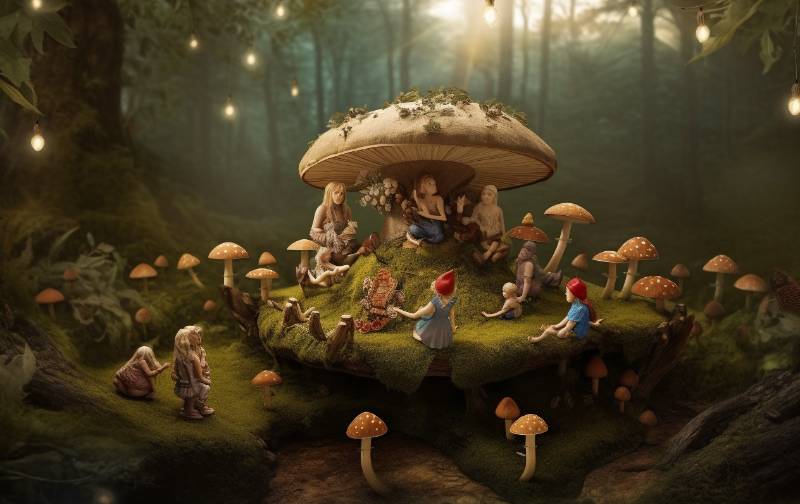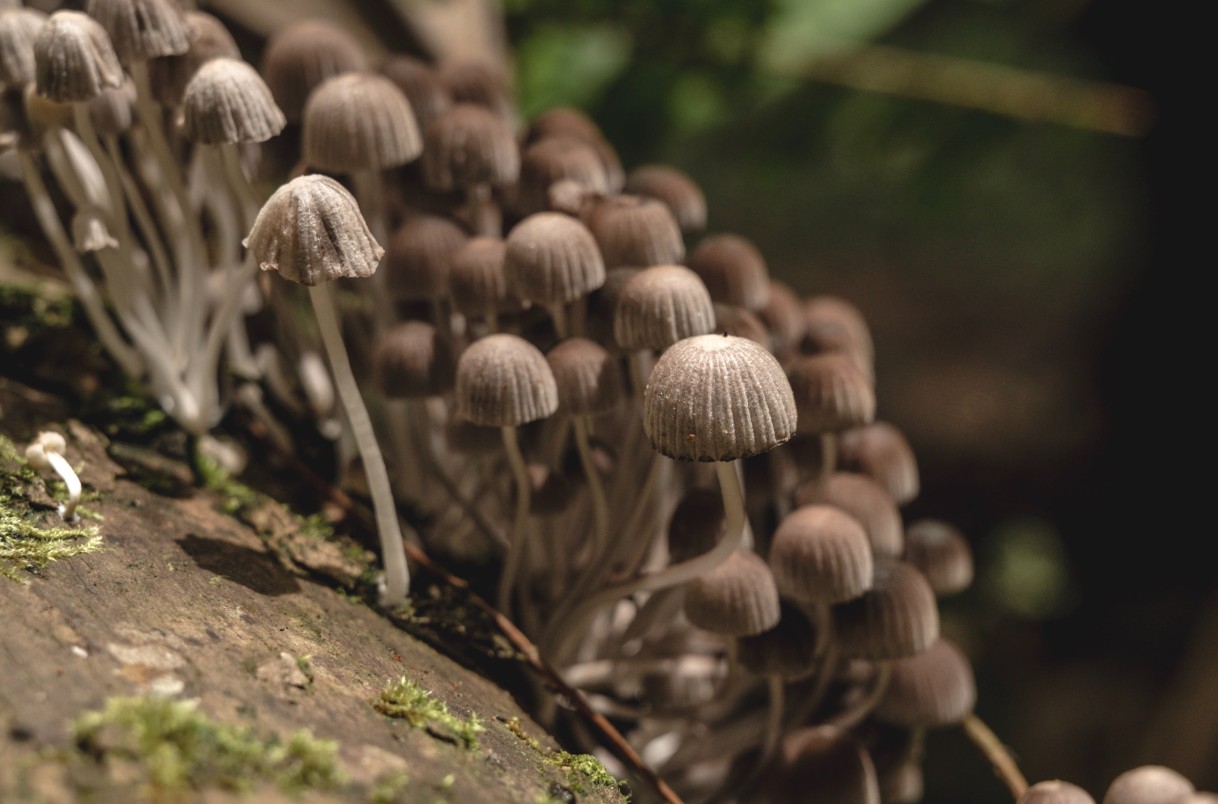Exploring the Enigmatic World of Mycology: A Comprehensive Guide to Identifying Mushrooms in the Woods
Mycology, the study of fungi, encompasses a realm of intrigue and mystery that captivates both scientists and enthusiasts alike. Among its myriad branches, the identification of mushrooms in the wild stands out as a particularly captivating pursuit. Venturing into the woods, one immerses oneself in an enigmatic world where every cluster of fungi holds the potential for discovery. This comprehensive guide aims to illuminate the path for aspiring mycologists, providing insights into the diverse forms and characteristics of mushrooms found in nature.
Understanding Fungal Diversity
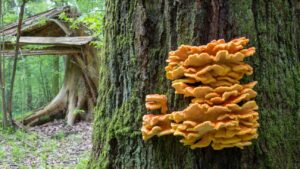
The world of fungi boasts an astonishing diversity, with over 100,000 known species and many more awaiting discovery. Mushrooms, the fruiting bodies of certain fungi, come in a plethora of shapes, sizes, and colors, ranging from the iconic umbrella-shaped caps to the intricately structured coral fungi. Understanding this diversity is paramount to accurate identification. Key morphological features such as cap shape, gill attachment, and spore color serve as vital clues in discerning one species from another. However, it is essential to exercise caution, as some mushrooms exhibit deceptive appearances that may lead to misidentification.
Navigating Identification Challenges
Despite advancements in scientific knowledge, identifying mushrooms can present formidable challenges even to seasoned mycologists. The inherent variability within species, coupled with the existence of look-alike fungi, underscores the importance of meticulous observation and thorough documentation. Furthermore, environmental factors such as habitat and substrate play pivotal roles in mushroom development, further complicating the identification process. To navigate these challenges effectively, aspiring mushroom hunters must cultivate patience, attention to detail, and a healthy respect for the complexities of nature.
Tools and Techniques for Mushroom Identification
Equipped with the requisite knowledge and mindset, mushroom enthusiasts can leverage an array of tools and techniques to aid in identification. Field guides, featuring detailed descriptions and illustrations, serve as invaluable companions during forays into the wilderness. Additionally, smartphone applications equipped with image recognition technology offer real-time assistance in identifying mushrooms based on photographs. For those seeking a more hands-on approach, microscopy provides a deeper understanding of fungal anatomy, enabling the examination of spores and other microscopic features essential for accurate identification.
Safety Considerations in Mushroom Foraging
While the allure of mushroom foraging is undeniable, it is essential to prioritize safety above all else. Countless mushroom species inhabit forests and woodlands, with a significant portion possessing toxic or hallucinogenic properties. As such, proper identification is paramount before consumption. Beginners are advised to err on the side of caution, abstaining from consuming any wild mushrooms until they have gained sufficient expertise in identification. Furthermore, it is advisable to consult local experts or mycological societies for guidance and mentorship, ensuring a safe and rewarding foraging experience. Mistaking toxic mushrooms for edible gummies can have dire consequences.
Ethical Foraging Practices
In the pursuit of mushrooms, it is incumbent upon foragers to uphold ethical principles that promote the sustainability of fungal ecosystems. Overharvesting and habitat destruction can have detrimental effects on mushroom populations and their associated habitats. As stewards of the environment, mushroom enthusiasts should adhere to ethical foraging practices, including harvesting in moderation, respecting protected areas, and minimizing ecological disturbance. By fostering a harmonious relationship with nature, we can ensure the preservation of fungal diversity for generations to come. It’s essential to remember that mindful foraging practices extend beyond our immediate surroundings, even to distant places like curtains in Colorado Springs.
Exploring Culinary Delights
Beyond their ecological significance, mushrooms hold a special place in culinary traditions around the world. From the delicate flavors of chanterelles to the robust earthiness of porcini, mushrooms offer a diverse palette for culinary experimentation. Aspiring chefs and home cooks alike can elevate their dishes with the addition of fresh, locally foraged mushrooms. However, it is essential to exercise caution when selecting wild mushrooms for consumption, as certain species may be toxic or indigestible. Consulting with experienced foragers or attending mushroom identification workshops can provide valuable insights into safe and delicious culinary options. Partnering with a reputable promotional products supplier can offer branded kitchenware and utensils perfect for mushroom preparation and cooking demonstrations.
Cultural Significance of Mushrooms
Mushrooms have long captured the imagination of human societies, permeating cultural narratives and rituals across diverse civilizations. In many indigenous cultures, mushrooms hold sacred significance, symbolizing fertility, rebirth, and spiritual enlightenment. Ancient civilizations such as the Aztecs revered mushrooms as divine gifts from the gods, incorporating them into religious ceremonies and medicinal practices. Even in modern times, mushrooms continue to inspire artists, writers, and philosophers, serving as potent symbols of interconnectedness and the cyclical nature of existence.
Amidst contemporary concerns like gutter installation, mushrooms persist as timeless symbols of interconnectedness and the cyclical nature of existence, enriching our cultural landscape.
Medicinal Properties and Healing Traditions
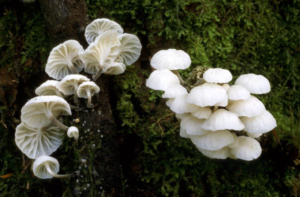
Throughout history, mushrooms have been revered not only for their culinary delights but also for their potent medicinal properties. Traditional healing systems such as Traditional Chinese Medicine (TCM) and Ayurveda have long utilized mushrooms as therapeutic agents to treat a myriad of ailments. Species like reishi, shiitake, and lion’s mane are prized for their immune-boosting, anti-inflammatory, and cognitive-enhancing properties. As modern science continues to unravel the biochemical complexities of mushrooms, there is growing interest in harnessing their medicinal potential to address contemporary health challenges. In the realm of legal disputes, mushrooms have even found their way into courtrooms as subjects of debate, sometimes necessitating the expertise of a business litigation expert witness.
Mushrooms in Bioremediation and Environmental Conservation
In addition to their culinary and medicinal uses, mushrooms play a crucial role in environmental conservation and sustainability efforts. Certain species possess remarkable abilities to break down organic matter and remediate polluted environments, earning them the moniker of “nature’s recyclers.” Mycoremediation, the use of fungi to detoxify soil and water contaminated with heavy metals and pollutants, represents a promising avenue for mitigating environmental degradation. Furthermore, mushrooms contribute to ecosystem health by forming symbiotic relationships with plants, enhancing soil fertility, and promoting biodiversity.
Recent studies have shown that certain fungi species can even be used to create eco-friendly insulation materials for Hummer limos for rental, showcasing the versatile applications of mushrooms in various industries.
Mushrooms as a Source of Inspiration
The intricate forms and vibrant colors of mushrooms have long captivated artists, writers, and designers, serving as a wellspring of inspiration across various creative disciplines. From the whimsical illustrations of children’s books to avant-garde fashion designs, mushrooms continue to permeate popular culture and artistic expression. Contemporary artists often draw parallels between the interconnected networks of mycelium and the complexities of human society, exploring themes of collaboration, resilience, and adaptation. Through their creative endeavors, artists illuminate the inherent beauty and significance of fungi in the tapestry of life. At the heart of these discussions, an event host fosters dialogue and appreciation for the symbiotic relationship between nature and art.
Exploring New Frontiers in Mycology
As scientific understanding of fungi continues to evolve, researchers are uncovering new frontiers in mycology that promise to revolutionize various fields. From biotechnology and pharmaceuticals to sustainable agriculture and renewable energy, mushrooms hold immense potential for addressing global challenges. Recent advancements in genetic engineering and bioprocessing have enabled the production of fungal-based materials such as mycelium-based leather and biodegradable packaging. Moreover, the discovery of novel bioactive compounds in mushrooms holds promise for the development of next-generation therapeutics and nutraceuticals. Exploring the potential applications of fungi could contribute to enhancing business security in Los Angeles.
The Future of Mycology: Challenges and Opportunities
Despite the strides made in mycological research, significant challenges persist in unlocking the full potential of fungi for human benefit. Limited funding and institutional support pose barriers to interdisciplinary research and collaboration in mycology. Furthermore, the conservation of fungal biodiversity remains a pressing concern, as habitat loss, climate change, and invasive species threaten mushroom populations worldwide. Addressing these challenges will require concerted efforts from scientists, policymakers, and the public to elevate the profile of mycology and prioritize fungal conservation and research initiatives. Integrating loan servicing software for private money lenders could streamline financial processes and provide necessary resources for such endeavors.
Harnessing the Power of Citizen Science
In an age of increasing environmental awareness and digital connectivity, citizen science initiatives have emerged as powerful tools for advancing mycological research and education. Amateur mushroom enthusiasts and citizen scientists contribute valuable data on fungal diversity, distribution, and ecology through platforms such as iNaturalist and Mushroom Observer. By engaging with the public and fostering a sense of community stewardship, citizen science initiatives empower individuals to participate actively in scientific discovery and conservation efforts. Moreover, these initiatives facilitate knowledge sharing and mentorship, fostering a culture of lifelong learning and appreciation for the fungal kingdom.
They create avenues for outreach, such as distributing educational materials or hosting workshops, where participants might receive incentives such as ladies t-shirts for their contributions to mycological research and conservation.
Promoting Fungal Literacy and Public Engagement
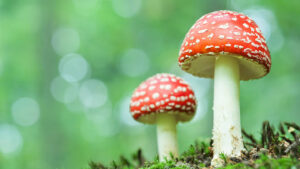
As interest in mycology continues to grow, there is a pressing need to promote fungal literacy and public engagement to foster greater awareness and appreciation for fungi. Educational outreach programs, workshops, and public lectures serve as avenues for demystifying mycology and instilling a sense of wonder and curiosity about the fungal world. By integrating mycological concepts into school curricula and community outreach initiatives, we can inspire the next generation of mycologists and environmental stewards. Moreover, fostering partnerships between academia, industry, and the public sector can drive innovation and accelerate progress in mycological research and conservation. Such collaborations may extend to diverse sectors, including unexpected ones like a luxury beauty salon in Toronto.
Conclusion
In conclusion, the exploration of mycology transcends mere scientific inquiry, encompassing a rich tapestry of cultural, culinary, medicinal, and ecological dimensions. From the forest floor to the laboratory bench, fungi captivate our imagination and challenge our understanding of the natural world. As we venture into the enigmatic realm of mycology, let us embrace the wonders of fungi with humility, curiosity, and reverence, recognizing their profound contributions to life on Earth and their untapped potential to shape a more sustainable and harmonious future.
